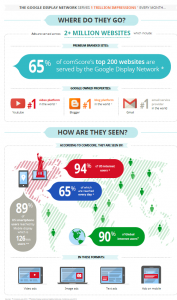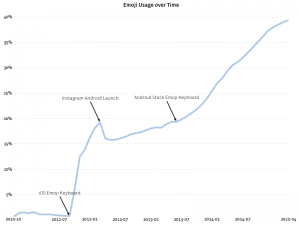If you want to get ready for the future of work, you should be aware that what lies ahead is mostly virtual, flexible, and tech-driven. Even though the pandemic aftermaths are disrupting, they have shown us which direction we want to take regarding workplaces.
Social distancing forced us to shift to remote work but, it turns out, people love spending less time commuting, being more with the family, and not spending up to nine hours in a cubicle. Moreover, the statistics show employees feel 95 percent more productive working from home, and 53 percent of U.S. workers would like to continue teleworking.
There are also benefits for the companies: U.S. employers can save $ 30 billion a day if they allow telework. It is no surprise that two-thirds of knowledge workers think that offices disappear by 2030.
Remote work is becoming the norm, and so is virtual hiring. It is why you have to improve your recruiting strategy, HR technology, and networking. Here’s how to do it.
1. Keep up with the recruitment technology:
Virtual hiring relies on advanced technology and having the right tools that allow smooth collaboration. Thanks to that, there’s much less paperwork, but also in-person contact. Instead, most of the hiring unfolds online, through video platforms. Some prefer Zoom, Skype, and Google Hangouts, while others have software with integrated meeting spaces.
That means you have to pay a lot of attention to video networking and ensure you provide participants with a stable tech platform. Regardless of which solution you’ll choose, you will have to send invitations and the necessary details to candidates.
Video conferencing requires you to check whether you have up-to-date plug-ins. So, log-in at least ten minutes before the meeting. Download the tools and material you’ll need, and ensure you know your way around the program and controls.
Candidates should see your confidence because it will increase a professional atmosphere. You should know how to set the right volume, mute the tone, and adjust display settings.
If you feel uncomfortable with your tech skills, find YouTube tutorials or ask a colleague to help out. Check your microphone and web camera before starting to meeting as it will make you feel more confident.
2. Set the atmosphere:
Even though some may think virtual hiring is more relaxed as there’s no face-to-face contact, they are wrong. Recruiters still have to prepare themselves, create a comfortable atmosphere, and get to know job applicants. Besides making the candidates feel at ease, HRs should also provide a professional setting.
Ensure your networking video will go smoothly by finding a place without distractions. Choose a quiet room without eccentric decor that could cause you or the candidate to lose focus.
Your background should be simple, clean, and uncluttered. Also, anticipate whether someone or something could interrupt your video conferencing and prevent it before it happens.
3. Lighting, notifications, and dress code:
Lighting is critical for the video interview. It should not be very dark nor too bright because it could affect your visibility and display all the imperfections. Find the best shade before the meeting and set the brightness that favors your complexion and background. Thus, check what’s the best angle to ensure your face is visible and not out of proportion.
It is recommendable you turn off all the other programs and close unnecessary tabs in your web browser. Turn off distracting email and social media notifications, including those on your mobile phone. Your focus should be on the networking meeting to convey professionalism, confidence, and dedication.
Finally, regardless of being virtual hiring, it still requires a proper dress code. Recruiters are professional that represent their companies. As such, they should like a favorable impression that will let the candidates know they applied to work for a top-notch organization.
Chose a business attire or one that aligns with the company’s values and style. Wear something that’s professional and compliments your features.
4. Emphasize Engagement:
Virtual interviews and hiring are still new and uneasy for many recruiters and candidates. That can make the meeting uncomfortable and cause moments of silence. But a good interview resembles a date. Both participants should ask and respond, ensuring that the conversation flows.
However, as a recruiter, you have a greater responsibility in this case. Be friendly during the interview, wave to the candidate when you meet them, and smile.
As challenging as it is, try to make eye contact. Finally, encourage rapport by asking open-ended questions that allow job applicants to answer more than just yes or no.
Listen and pay attention to what the candidates are saying. Don’t interrupt them and avoid talking simultaneously by ensuring that the other party finished the sentence.
HR technology is prone to glitches. Don’t get alarmed if the video freezes or stops. Before the interview officially starts, agree with the candidates how you will proceed if tech issues arise.
5. Evaluation and feedback:
Like the traditional one, virtual hiring includes evaluating the interview and candidates. Take notes during the video networking to have enough insights to consider after the meeting.
After you consult your colleagues or superiors and make the final decision about the selection, provide all the candidates with feedback. It will ensure your company a good impression and help short-listed job applicants stay in your talent pool.
Business & Finance Articles on Business 2 Community
(42)
Report Post







